Mourning in America: But after the Trump era's darkness, a rebirth is still possible
At last, the American people have awakened to the dangers of this president. But the worst may still lie ahead
CHAUNCEY DEVEGA SALON JULY 10, 2020
Since Election Day 2016, America has been in a state of mourning.
Donald Trump's Independence Day speeches offered more of the almost never-ending funeral ceremonies for America's democracy, dignity and decency. Instead of trumpet-like exhortations to American greatness and goodness on the country's birthday, Trump chose to deliver horribly off-key funereal dirges.
Advertisement:
Trump's speeches were celebrations of white racism and neo-fascism, declarations that those Americans who dare to oppose him are de facto enemies of the state to be purged from the body politic.
Some of America's most respected historians have certified Donald Trump to be one of the worst presidents of all time.
Trump can do no better because he is inexorably compelled and attracted to the worst parts of America's past and present. In that way Donald Trump, his followers, enablers, voters, supporters and other allies are the human embodiment of almost everything wrong with American society.
Writing for the Washington Post, David Nakamura described Trump's Fourth of July weekend speeches, comparing them to his infamous "American Carnage" inaugural address:
Nearly 3½ years later, in the president's telling, the carnage is still underway but this time the enemy is closer to home — other Americans whose racial identity and cultural beliefs are toppling the nation's heritage and founding ideals….
As he has so often during his tenure, the president made clear that he will do little to try to heal or unify the country ahead of the November presidential election but rather aims to drive a deeper wedge into the country's fractures.
At Mount Rushmore, under the granite gaze of four U.S. presidents, Trump railed against "angry mobs" pursuing "far-left fascism" and a "left-wing cultural revolution" that has manifested in the assault on statues and monuments celebrating Confederate leaders and other U.S. historical figures, including some former presidents, amid the mass racial justice protests of recent weeks.
A day later, on the South Lawn of the White House, Trump's rhetoric was, if anything, even harsher. "We are now in the process of defeating the radical left — the Marxists, the anarchists, the agitators, the looters," he told his assembled guests on what is supposed to be a day of national celebration. As Nakamura observed:
Donald Trump's Independence Day speeches offered more of the almost never-ending funeral ceremonies for America's democracy, dignity and decency. Instead of trumpet-like exhortations to American greatness and goodness on the country's birthday, Trump chose to deliver horribly off-key funereal dirges.
Advertisement:
Trump's speeches were celebrations of white racism and neo-fascism, declarations that those Americans who dare to oppose him are de facto enemies of the state to be purged from the body politic.
Some of America's most respected historians have certified Donald Trump to be one of the worst presidents of all time.
Trump can do no better because he is inexorably compelled and attracted to the worst parts of America's past and present. In that way Donald Trump, his followers, enablers, voters, supporters and other allies are the human embodiment of almost everything wrong with American society.
Writing for the Washington Post, David Nakamura described Trump's Fourth of July weekend speeches, comparing them to his infamous "American Carnage" inaugural address:
Nearly 3½ years later, in the president's telling, the carnage is still underway but this time the enemy is closer to home — other Americans whose racial identity and cultural beliefs are toppling the nation's heritage and founding ideals….
As he has so often during his tenure, the president made clear that he will do little to try to heal or unify the country ahead of the November presidential election but rather aims to drive a deeper wedge into the country's fractures.
At Mount Rushmore, under the granite gaze of four U.S. presidents, Trump railed against "angry mobs" pursuing "far-left fascism" and a "left-wing cultural revolution" that has manifested in the assault on statues and monuments celebrating Confederate leaders and other U.S. historical figures, including some former presidents, amid the mass racial justice protests of recent weeks.
A day later, on the South Lawn of the White House, Trump's rhetoric was, if anything, even harsher. "We are now in the process of defeating the radical left — the Marxists, the anarchists, the agitators, the looters," he told his assembled guests on what is supposed to be a day of national celebration. As Nakamura observed:
In making the case that a radical and violent ideology underpins much of the social justice movement that propelled the nationwide demonstrations, Trump has dropped virtually all pretense that he supports millions of peaceful protesters who have called for broad reforms to address what they see as systemic racism and a culture of brutality in police departments.
Instead, he warned of a "growing danger" to the values of the nation's founders — a "merciless campaign to wipe out our history, defame our heroes, erase our values, and indoctrinate our children."
Trump even described those Americans who oppose him as being akin to Nazis or terrorists. Almost explicit in Trump's Independence Day speeches are threats of violence and destruction. He does not believe in the core tenets of democracy and normal politics, such as compromise and consensus-seeking within the constraints of an agreed-upon set of rules.
While political debates in America have often been intense and sometimes quite violent — see the Civil War — the nation's political leaders for the most part still shared a fundamental belief in the system and the need to preserve it for future generations. Donald Trump and his allies have no such principled commitments.
As with other authoritarians and demagogues, Donald Trump's threats must be taken seriously. Trump is not engaging in harmless hyperbole or mere attention-seeking and distracting behavior.
In addition to Trump's repeated public use of stochastic violence and his outright threats to have Barack Obama, Hillary Clinton, Joe Biden and other prominent Democrats jailed for treason — or worse — there is the president's ominous private behavior to consider as well.
As recounted by former national security advisor John Bolton in his new book, Donald Trump wants journalists to be killed. Trump also supports Chinese President Xi Jinping's use of concentration camps where Uighur Muslims have been tortured and killed.
To make matters worse, America's state of mourning is also a literal season of death with the coronavirus pandemic. Because he is only capable of destruction, Trump has made decisions about the pandemic that have led to the deaths of at least 133,000 Americans and counting.
Instead, he warned of a "growing danger" to the values of the nation's founders — a "merciless campaign to wipe out our history, defame our heroes, erase our values, and indoctrinate our children."
Trump even described those Americans who oppose him as being akin to Nazis or terrorists. Almost explicit in Trump's Independence Day speeches are threats of violence and destruction. He does not believe in the core tenets of democracy and normal politics, such as compromise and consensus-seeking within the constraints of an agreed-upon set of rules.
While political debates in America have often been intense and sometimes quite violent — see the Civil War — the nation's political leaders for the most part still shared a fundamental belief in the system and the need to preserve it for future generations. Donald Trump and his allies have no such principled commitments.
As with other authoritarians and demagogues, Donald Trump's threats must be taken seriously. Trump is not engaging in harmless hyperbole or mere attention-seeking and distracting behavior.
In addition to Trump's repeated public use of stochastic violence and his outright threats to have Barack Obama, Hillary Clinton, Joe Biden and other prominent Democrats jailed for treason — or worse — there is the president's ominous private behavior to consider as well.
As recounted by former national security advisor John Bolton in his new book, Donald Trump wants journalists to be killed. Trump also supports Chinese President Xi Jinping's use of concentration camps where Uighur Muslims have been tortured and killed.
To make matters worse, America's state of mourning is also a literal season of death with the coronavirus pandemic. Because he is only capable of destruction, Trump has made decisions about the pandemic that have led to the deaths of at least 133,000 Americans and counting.
In another example of Trump and his cabal's barbarism and disdain toward the American people, the administration's new "plan" for "confronting" the coronavirus pandemic is to habituate and condition the public into accepting hundreds of thousands of deaths as somehow being a "new normal," which might also include the needless deaths of school children from the coronavirus pandemic.
At the New Yorker, Robin Wright summarizes the pathetic condition of America in the Age of Trump:
The sorry state of America's political and physical health ripples across the globe. The United States, long the bedrock of the Western alliance, is less inspirational today — and perhaps will be even less so tomorrow…. This Fourth of July holiday is one of the most humbling in our history. Even at the height of world wars or the Great Depression, America inspired. But, today, the United States is destroying the moral authority it once had. There will still be fireworks. And the Statue of Liberty still towers over New York Harbor. But it is harder today to convince others that Americans embrace — or practice — the ideals that Lady Liberty represents.
New public opinion polls show that this feeling of dread and despair and embarrassment is widespread. American exceptionalism and greatness are in doubt. Americans' sense of patriotism is at a two-decade low. A new poll from Politico and Morning Consult shows that 75 percent of American voters believe the country is on the wrong track — the worst such response since Donald Trump won the White House in 2016.
Advertisement:
Collectively these polls show how the American people want a return to normalcy and decency. Trump cannot soothe such pain: his political brand is cruelty, chaos, and destructive disruption.
America's mourning in the Age of Trump is following the steps outlined by the "stages of grief": Denial, anger, bargaining, depression, acceptance.
With the George Floyd protests and people's uprising — and what appears to be a large shift in public opinion against Donald Trump — the American people seem to have finally arrived at the stage of accepting that the country is imperiled by the president and his movement.
Too much time may have already been wasted, because hope peddlers and other naïve voices in the American commentariat kept telling the American people that Trump would "pivot" and become "presidential," that special counsel Robert Mueller "would save the country," that "the institutions were strong" and that Trump's evil was being "exaggerated" by his critics, or that Trump's voters were "good people," the American people en masse are now finally moving to action. They are doing this through mobilizing, organizing, engaging in direct corporeal politics and — we must hope — showing up in massive numbers to vote Trump out of office in November.
Advertisement:
Of course, matters are not that simple.
While the Democrats and other good Americans are moving from acceptance to action in their stages of grief for America, Donald Trump and his supporters are being made to confront that their movement, at least in its current form, may be dying.
Trump's true believers are now in the denial and anger stages of grief. How will they react after Election Day if Trump is conclusively defeated and then forced out of office?
Trump's followers are willing to kill and die for him. We have seen an increase in hate crimes, mass shootings and other right-wing terrorism and violence. Blood has already been spilt in the (literal) name of Donald Trump. On Election Day and the weeks and months after there will likely be much more violence by Trump's supporters against their "enemies."
Advertisement:
Jonathan Lockwood, an operative for right-wing extremist Republicans in Oregon, recently issued an ominous warning to the American people and the world. In an interview with the Independent he explains:
"I think we should fear a violent uprising… All it takes is for Trump to say one line or post one tweet," he said, adding that such an uprising could consist of occupying state capitols or even taking hostages to prevent state legislatures from certifying the election results.
"I think you could see takeovers of every [state] capitol, since the president seems to enjoy watching that from DC, and the country can descend into a chaos that we've never seen. People are gravely underestimating how pervasive these conspiracies and the delegitimizing of Democrats governing truly are."
Election Day 2020 is an existential moment when the life or death of America's multiracial democracy — and the nation's pre-eminent place in the world – will be decided.
Will the American people choose death and destruction with Donald Trump and all that he represents? Or will the American people instead embrace life, and saving the country's democracy, with Joe Biden?
This election is a literal struggle between creation and destruction, a moment when the American people will either rise to the occasion or fall further into shame, defeat and ignominy.
CHAUNCEY DEVEGA
is a politics staff writer for Salon. His essays can also be found at Chaunceydevega.com. He also hosts a weekly podcast, The Chauncey DeVega Show. Chauncey can be followed on Twitter and Facebook.
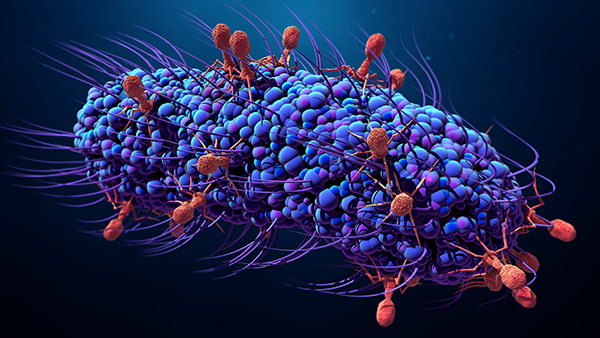
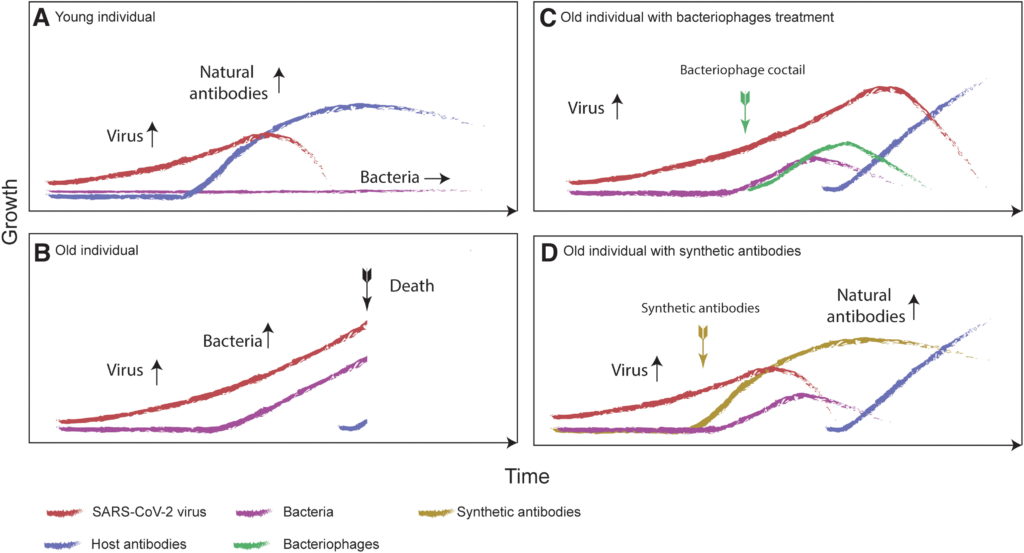 Figure 1. Theoretical time courses of the SARS-CoV-2 virus growth (red curves), bacterial growth (purple curves), and host antibody production (blue curves) for four scenarios. (A) A young healthy individual who has no problems developing antibodies to the virus infection. (B) An old individual who experiences delayed antibody production, resulting in bacterial growth as well as increased virus growth. (C) An old individual for whom a bacteriophage cocktail against bacterial growth was introduced as a part of standard therapy. Increase of bacteriophages is marked (green curve) with the time of treatment (green arrow). The relationship between bacteriophages and bacteria can be described by the Lotkka-Voltera population model. The viral load does not decrease until the body’s natural antiviral antibodies are produced but more time is bought for this to happen. (D) An old individual for whom synthetic antibodies were introduced (brown curve), creating an immediate reduction in the viral load and once again buying time for the natural antibodies to be produced. SARS-CoV-2, severe acute respiratory syndrome coronavirus 2.
Figure 1. Theoretical time courses of the SARS-CoV-2 virus growth (red curves), bacterial growth (purple curves), and host antibody production (blue curves) for four scenarios. (A) A young healthy individual who has no problems developing antibodies to the virus infection. (B) An old individual who experiences delayed antibody production, resulting in bacterial growth as well as increased virus growth. (C) An old individual for whom a bacteriophage cocktail against bacterial growth was introduced as a part of standard therapy. Increase of bacteriophages is marked (green curve) with the time of treatment (green arrow). The relationship between bacteriophages and bacteria can be described by the Lotkka-Voltera population model. The viral load does not decrease until the body’s natural antiviral antibodies are produced but more time is bought for this to happen. (D) An old individual for whom synthetic antibodies were introduced (brown curve), creating an immediate reduction in the viral load and once again buying time for the natural antibodies to be produced. SARS-CoV-2, severe acute respiratory syndrome coronavirus 2.






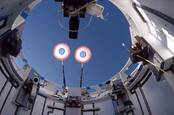


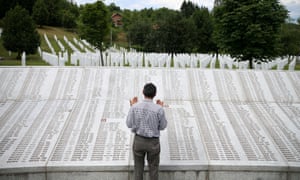
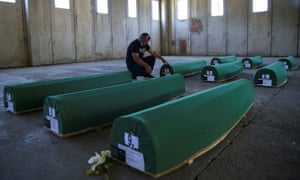
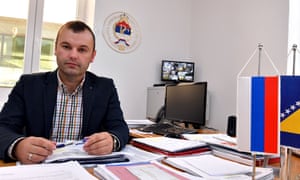
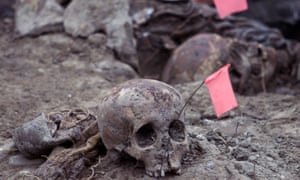
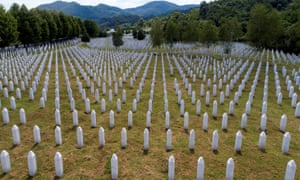

Wed 8 Jul 2020